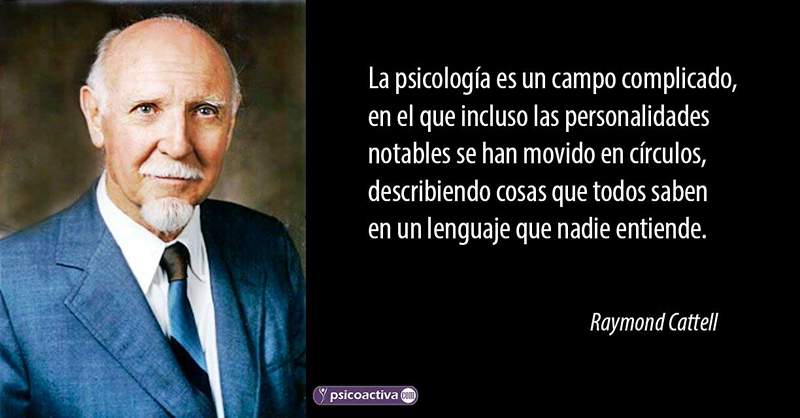Denver test, what does it analyze?

- 3055
- 470
- Kristopher Greenholt
The Denver test is one of the most used tests to analyze the state of psychomotor development.
It is a psychotechnical test that allows to examine in a simple, but efficient way, the state of the intellectual, physical and psychomotor development of a child in the early stages of its development, specifically, during the first six years of life.
Content
Toggle- The Denver test
- What evaluates the denver test?
- What is the form of test administration?
- Denver test interpretation
- Bibliography
The Denver test
The Denver test owes its name to which it was designed to evaluate the child development of the population of Denver, and was in charge of three psychologists: Williams Frankenburg, Josieh B. Doods and Fordal Alma.
The Denver test It is a type of test that works to measure the acquisition of some functions in the development of children, Considering chronological age.
Thus, briefly, you can evaluate the status of certain functions and establish some stimulation strategies for psychomotor development.
When mentioning the child's psychomotor development, reference is made to the progressive acquisition of child skills, that is, to the external manifestations of their maturation, specifically of the central nervous system.
When children are healthy, their development pattern is clear. Therefore, from the evaluation of psychomotor development in healthy children, criteria for measurements have been established and check if a child progresses properly.
Similarly, when there is a control, follow -ups on the evolution of said development can be done and observed the achievements that occur.
What evaluates the denver test?
The Denver test evaluates four main areas, which are the following:
- Social Personal Area: referred to the child's relationship with his surroundings. That is, how is socially linked.
- Fine motor skills: or skills in which concentration, coordination, as well as some manual skills, as in the case of drawings, for example.
- Language Area: examines the process of acquisition and evolution of language, in addition to the capacity for listening and communication.
- Thick motor area: referred to body coordination and everything related to their movements, such as being able to throw a ball with your hands, for example.
 Raymond Cattell and the theory of intelligence
Raymond Cattell and the theory of intelligence What is the form of test administration?
Denver test administration time is usually twenty minutes, and is done individually.
To carry out the test, It is important that the atmosphere is pleasant, that the child is calm and that his family is present.
This test has fifty -five items, however, only those corresponding to the child's age must be applied.
To do this, the evaluator draws a line on the test sheet on the chronological age of the child, delimiting the four scales indicated: the social area, language, thick psychomotor skills and fine psychomotor skills.
Following this, it evaluates the specific tasks for the infant's age by selecting whether the child has carried out the task, if the child has not performed the task that 90 % of the children of his age would do; If the child does not do the homework, but he does it later -well, the age line is below 90 % compared to children of his age; Or, if the child, for some reason, does not execute the task. If this is the case, on an upcoming visit you try to measure.
Some of the materials of which are required to administer the Denver test are a bell, a red wool ball, a tennis ball, a rattle, marbles, a pencil, an aluminum bottle with a thread lid, as well as 23 mm cubes.
Denver test interpretation
To make the interpretation of the Denver test, first of all, the family should be asked if the child performs the elements that he has to the left of the line drawn or those that are on the other side of the line.
In the event that a child fails to execute a test that is generally carried out by 90 % of children of their chronological age, then absolute failure should be considered.
If the child does not exceed a test that does carry out 75 % of the children of his age, then a relative failure is considered And it is recommended greater stimulation.
To assess the Denver test, only the absolute failures are counted, which can be valued as doubtful or problematic.
They are estimated as problematic if there are two or more failures in two areas, or in more; and there is doubtful there are two failures only in an area.
In some cases, delays in child development may be due to certain factors, such as fear, fatigue, a disease, or that there is a true delay in psychomotor development.
It is important to highlight that The Denver test is an evaluation tool, But it is not an intelligence test. The objective pursued by this test is to observe if the child's development is within the parameters considered normal for their age.
Barthel scale, what is it for?
Bibliography
- León, c., Mora, e. V. C., & Piza, and. (1984). Comparative study between the Denver test and Gesell test in children of 0-3 years. Medical Magazine National Hospital of Children Costa Rica, 19(2), 47-64.
- Frankenburg, w. K., & Dodds, J. B. (1967). The Denver Developmental Screening Test. The Journal of Pediatrics, 71(2), 181-191.
- Frankenburg, w. K., Goldstein, a. D., & Camp, B. W. (1971). The Revisted Denver Developmental Screening Test: ITS ACCURACY AS A SCREENTING INSTRUMENT. The Journal of Pediatrics, 79(6), 988-995.
- Frankenburg, w. K., Camp, b. W., & Van Natta, P. TO. (1971). VALIDITY OF THE DENVER DESPREVENTAL SCREENING TEST. Child Development, 475-485.
- « 15 food for concentration and memory
- Interview with María Teresa Estellés, founder of Orthofon and specialist in Pathologies of La Voz »

